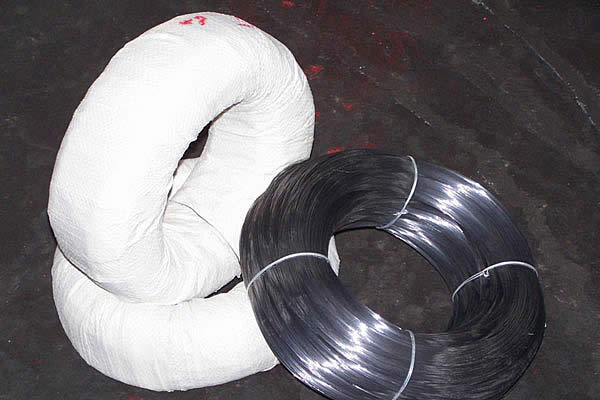 TEL:
+86-13102802206
TEL:
+86-13102802206
 Email:
fencenetting@china.com
Email:
fencenetting@china.com
 Language
Language
 TEL:
+86-13102802206
TEL:
+86-13102802206
 Email:
fencenetting@china.com
Email:
fencenetting@china.com
 Language
Language


Barbed Wire Fencing on Boundary Walls A Comprehensive Overview
Barbed wire fencing has long been recognized as an effective solution for enhancing security and defining property boundaries. It is a highly efficient deterrent against trespassing, vandalism, and unauthorized access, making it a popular choice for both residential and commercial properties. This article delves into the importance of installing barbed wire fencing atop boundary walls, highlighting its benefits, applications, and considerations for effective implementation.
Understanding Barbed Wire Fencing
Barbed wire fencing consists of strands of wire with sharp edges or points arranged at regular intervals. Initially developed for use in agriculture, its application has expanded across various sectors, notably in security. The structure of barbed wire presents a formidable barrier, effectively discouraging intruders due to the potential injury caused by its sharp points.
Benefits of Barbed Wire Fencing
1. Enhanced Security One of the most significant advantages of barbed wire fencing is its capability to provide heightened security. When installed on top of boundary walls, it creates an additional layer of defense that complicates the efforts of potential intruders. The danger associated with climbing over a barbed wire fence acts as a psychological deterrent.
2. Cost-Effective Solution Compared to other security measures, such as electric fences or security patrols, barbed wire fencing is relatively inexpensive to install and maintain. It requires minimal upkeep while providing a substantial return on investment in terms of security.
3. Versatility Barbed wire can be utilized in various settings, including residential properties, farms, industrial sites, and military installations. This versatility allows property owners to tailor security measures according to their specific needs.
4. Aesthetic Considerations While some may find barbed wire unsightly, modern designs can minimize visual disruption. Options such as colored barbed wire or integrating it with planting can reduce its stark appearance while maintaining its effectiveness.

Applications of Barbed Wire Fencing
Barbed wire is widely used in various environments. In agricultural settings, it helps keep livestock in and predators out, safeguarding both animals and crops. In urban areas, it acts as a deterrent atop boundary walls of commercial properties, warehouses, and distribution centers, preventing theft and vandalism. Moreover, prisons and military facilities frequently utilize barbed wire to reinforce security measures and protect against escape or unauthorized entry.
Considerations for Implementation
When considering barbed wire fencing, several factors must be evaluated
- Legal Regulations Before installation, it is crucial to check local regulations regarding the use of barbed wire. Some jurisdictions may have specific ordinances that dictate the height and visibility of fencing, especially in residential areas.
- Installation Proper installation is key to maximizing security. It is important to ensure that barbed wire is securely fastened and positioned at an appropriate height atop boundary walls.
- Maintenance Regular inspection and maintenance of barbed wire fencing are essential to ensure its effectiveness. Rust, wear, or damage should be addressed promptly to prevent breaches in security.
Conclusion
Barbed wire fencing on boundary walls serves as a formidable security measure for property owners. Its cost-effectiveness, versatility, and durability make it a practical choice for various applications. While it may not suit every aesthetic preference, its primary purpose—providing security—remains paramount. By understanding the benefits and considerations associated with barbed wire fencing, property owners can make informed decisions that enhance safety and protect their assets effectively.